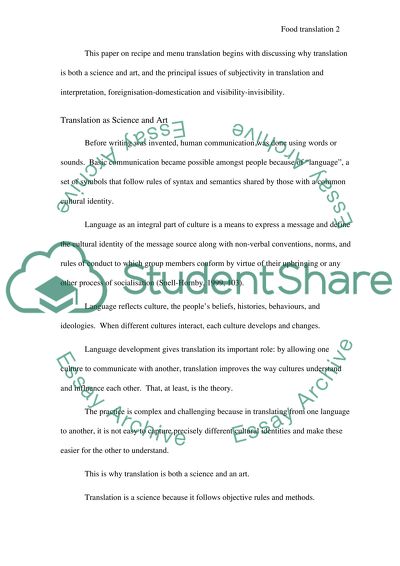Cite this document
(“Food Translation Essay Example | Topics and Well Written Essays - 4000 words”, n.d.)
Retrieved from https://studentshare.org/english/1501694-food-translation
Retrieved from https://studentshare.org/english/1501694-food-translation
(Food Translation Essay Example | Topics and Well Written Essays - 4000 Words)
https://studentshare.org/english/1501694-food-translation.
https://studentshare.org/english/1501694-food-translation.
“Food Translation Essay Example | Topics and Well Written Essays - 4000 Words”, n.d. https://studentshare.org/english/1501694-food-translation.


